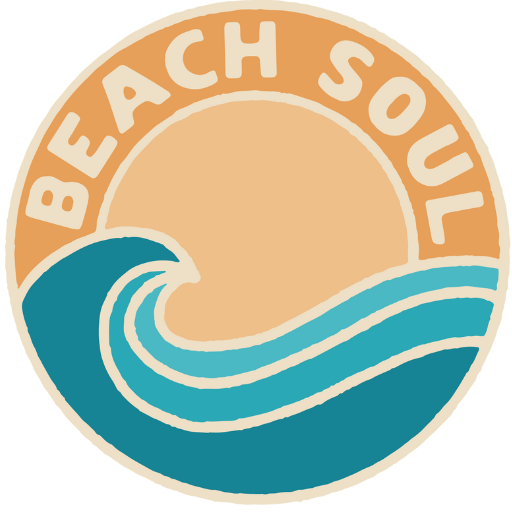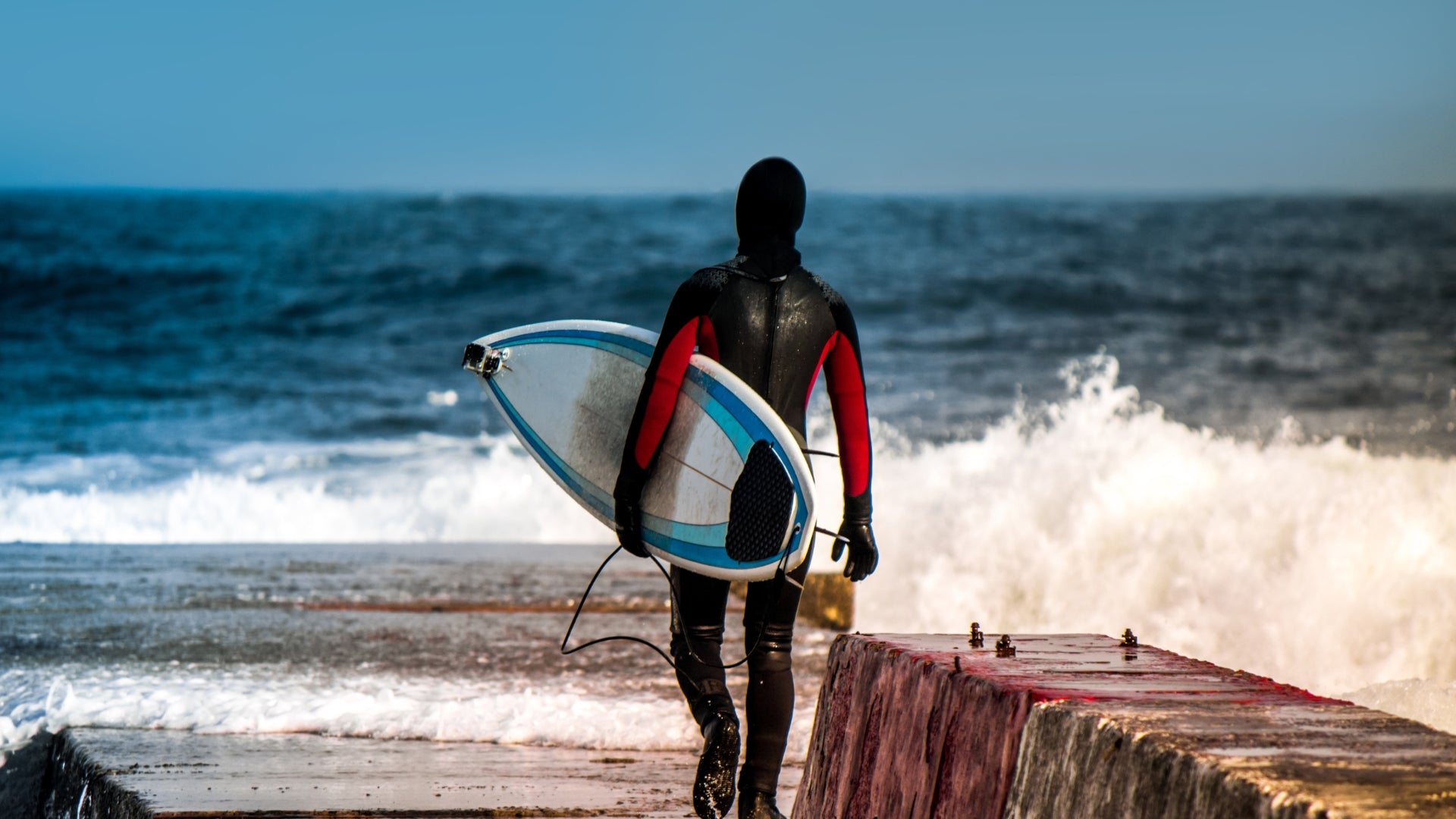Brain freeze, grumpy sea lions and the ever-present danger of being caught in a blizzard while sitting in the lineup all make cold-water destinations the final frontier of surf exploration.
If you can handle the freezing water and icy winds though, there are myriad epic waves to be found.
Technological advances in wetsuit technology have made cold-water surf spots more accessible too, and when paired with the understandably uncrowded lineups in these locations, you get a recipe for an unforgettable surf trip.
Here are Beach Soul’s top 5 cold-water surf destinations around the world.

Tofino, Canada
Tofino sits on the west coast of Vancouver Island and boasts some of the most picturesque beaches in North America. Primaeval forest butt against coastline with soggy logs strewn across the sand and a wild, rugged vibe about the place.
Known as the surfing capital of Canada, Tofino isn't for the faint of heart. There are waves year-round, but autumn and late winter are the choicest times to visit. You can expect consistent swell and temperatures that while chilly, won't keep a dedicated surfer out of the lineup.
For the best waves, Chestermans, Longbeach and Cox Bay are worth a look. These spots are incredibly scenic with snow-capped mountains serving as the backdrop. It's breathtaking, both in the literal and figurative sense.
Rubber-wise, you'll want a 5mm wetsuit with booties, gloves and a hood. West and southwest swells light up the coastline, while any wind coming from the east can be considered offshore or at least offshore-ish.
West Coast, Ireland
Ask any Irish surf hound about the west coast of Ireland and you'll be met with a faraway look and tales of perfect peelers under the shadow of cliffs, world class but empty breaks and where the best pint of Guinness can be found.
The surf is consistently good on the west coast, with beaches such as Lahinch, Rossnowlagh, Cornish Reef and even Aileens (for those with plenty of courage and good travel insurance) all landmark cold-water surf spots in Ireland. The only catch, and one that explains the manageable surfer to wave ratio, is that the weather is diabolical.
Offshore winds cut through even the thickest wetsuit, with land and sea temps between 4 and 7 degrees celsius on any given winter's day.
Sure, there are ample bluebird sessions during the comparably tropical summer months when the sun is shining and the waves are fun. But come the cold snap, you'll have an easier time finding a real life leprechaun than scoring a still, blue sky session.

Lofoten, Norway
With a coastline that looks like it's been chewed out, ripped up and teared into by the fabled giants who are said to roam its rugged, misty landscape, Norway is bristling with untapped surfing potential.
The problem isn't the lack of surf spots in Norway. There are fjords spilling into the ocean, wine glass bays, rocky inlets and semi-slabs up and down the coast that produce epic waves. Instead, the problem is timing your strike mission so that you're in the right spot at exactly the right time.
In a cold-water surf destination with weather that changes on a whim, Lofoten is your best bet. Unstad is the most popular surf break in the country, with a lefthander and righthander on either side of this dramatic bay.
Naturally, 6mm wetsuits with hoods, gloves and booties are essential. But the frozen extremities and frostbitten face are a small price to pay when you're surfing perfect, uncrowded waves with jagged cliffs and deep valleys as the only witnesses.
South Island, New Zealand
While New Zealanders have a tendency to downplay both the quality of their cold-water surf spots and the temperatures, it's safe to say that their South Island is a bastion of empty lineups and frigid conditions.
There are loads of great surf zones in the South Island, which refers to the whole bottom half of New Zealand. The most obvious and accessible is Dunedin, where there are good waves, great coffee and an undulating landscape of patchwork farms and volcanic cliffs.
Drive around to find gems like Whangamata Bay, Haast River Mouth and the Kaikoura Peninsula, which consistently produce excellent quality surf. The best time to visit is during autumn or winter when the swells are at their peak.
Come for the promise of punchy beach breaks and rippable points. Stay for the legendary Kiwi hospitality and post-surf pub sessions.

Reykjanes Peninsula, Iceland
Located right at the tippity-top of the Atlantic Ocean, Iceland is regularly pounded by unruly swells that slam unrelenting against its craggy coast.
The Reykjanes Peninsula, which is located near the capital city of Reykjavik, is your gateway to the land of fire and ice's best surf spots. Sandvik, Grindavik and Thorli are just a few of the well-known surf breaks in this area, with waves suitable for all levels of surfers.
October to March are your best bet for decent waves, but like other cold-water surf destinations, you'll need the neoprene to match. 6mm hooded wetsuits with all the bells and whistles will keep you warm and comfortable in the frigid waters.
Extreme weather aside, Iceland is one of the most unique surf trips you ever take, and with black sand beaches, geothermal steam rising from ancient fissures and possibly even the Northern Lights on show, you'll be hard-pressed to find a more awe-inspiring surfing experience.
Final thoughts
Cold-water surfing requires more commitment in terms of planning, gear and endurance to brave the elements, but the rewards outweigh the effort.
Swap the boardshorts, bikinis and tropical waters for thicker wetsuits and wild landscapes, and embark on a surf trip that’ll leave you with unforgettable memories. Just don't forget to pack a Beach Shower in your boardbag for warm post-session showers and the defrosting of frozen toes – essential if you want to thrive in these frigid climes!



Share:
Where to shower when travelling: truck stops or portable showers?
Ready to trick out your Beach Soul Shower with a stylish recycled sleeve?